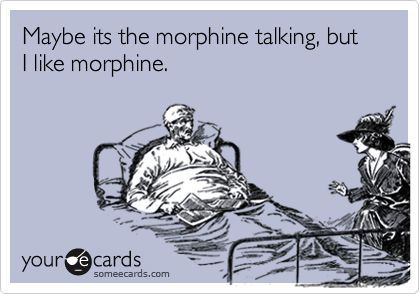Pondered this. Read about this. Talked to member OneTom2Go who measure SHU for South West Biolab. Might be remembering his name wrong, but prity sure I remember the discussion right. As I understand it.
SHU is a measurement of a dry material, so it does not matter the volume or mass when making a measurement.
1 ounce of pure capsaicin crystals measures at 16 million shu.
1 pound of pure capsaicin crystals measures at 16 million shu.
So rating a hot sauce or any liquid by SHU alone is misleading. I guess you could devise a system where you dehydrated the hot sauce, measured the shu of the dry substance, and then stated how much of the dry substance were dissolved in a given volume of liquid. But SHU itself just doest cut it for a liquid.
Thing is, someone is debating me tooth and nail on this. Is there something I am missing?
SHU is a measurement of a dry material, so it does not matter the volume or mass when making a measurement.
1 ounce of pure capsaicin crystals measures at 16 million shu.
1 pound of pure capsaicin crystals measures at 16 million shu.
So rating a hot sauce or any liquid by SHU alone is misleading. I guess you could devise a system where you dehydrated the hot sauce, measured the shu of the dry substance, and then stated how much of the dry substance were dissolved in a given volume of liquid. But SHU itself just doest cut it for a liquid.
Thing is, someone is debating me tooth and nail on this. Is there something I am missing?





